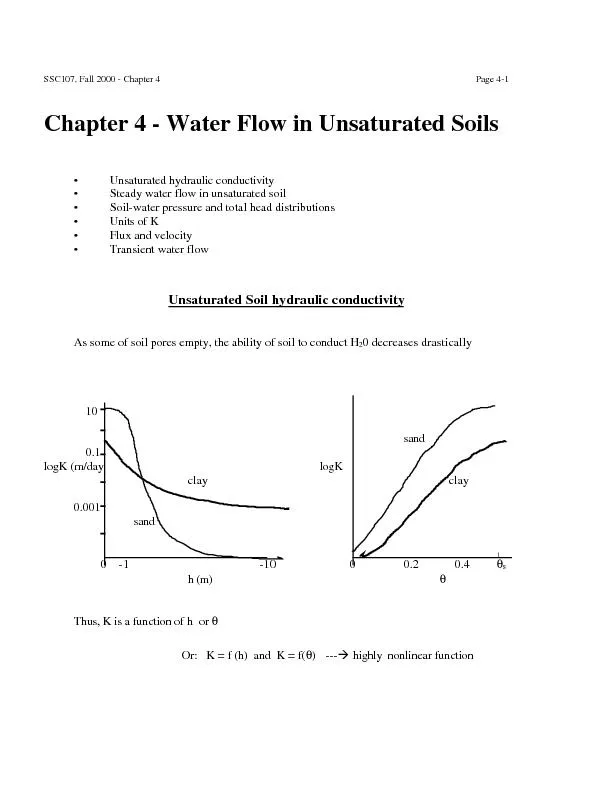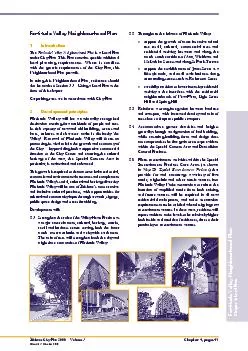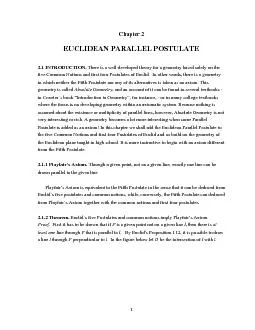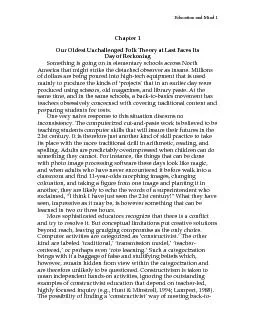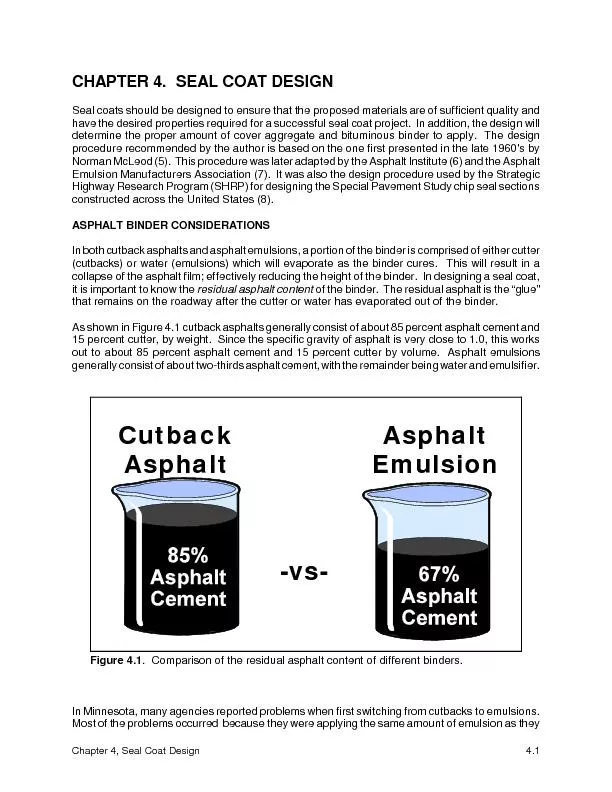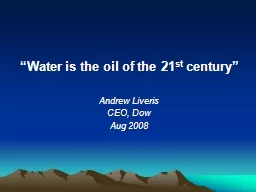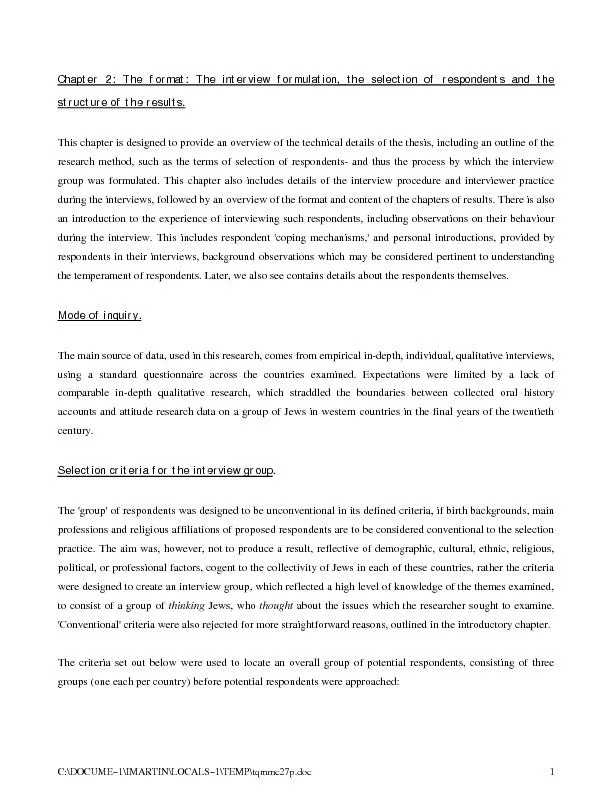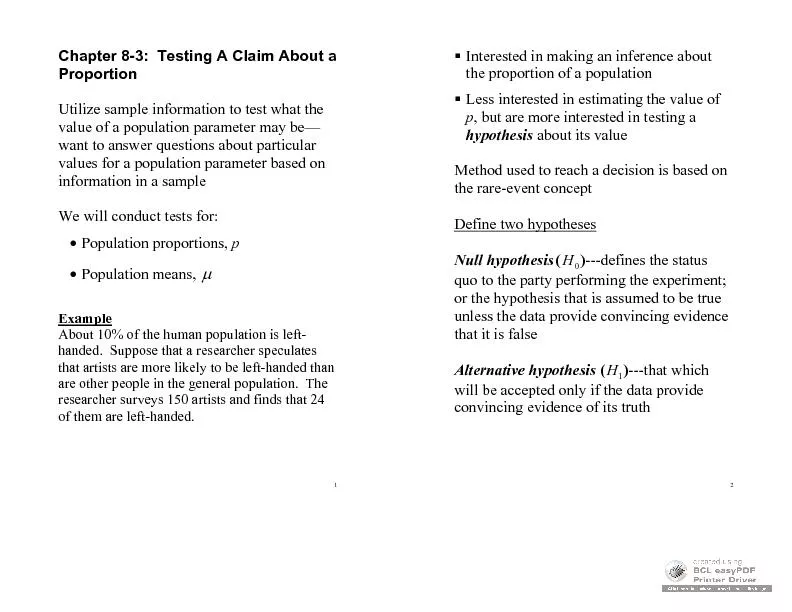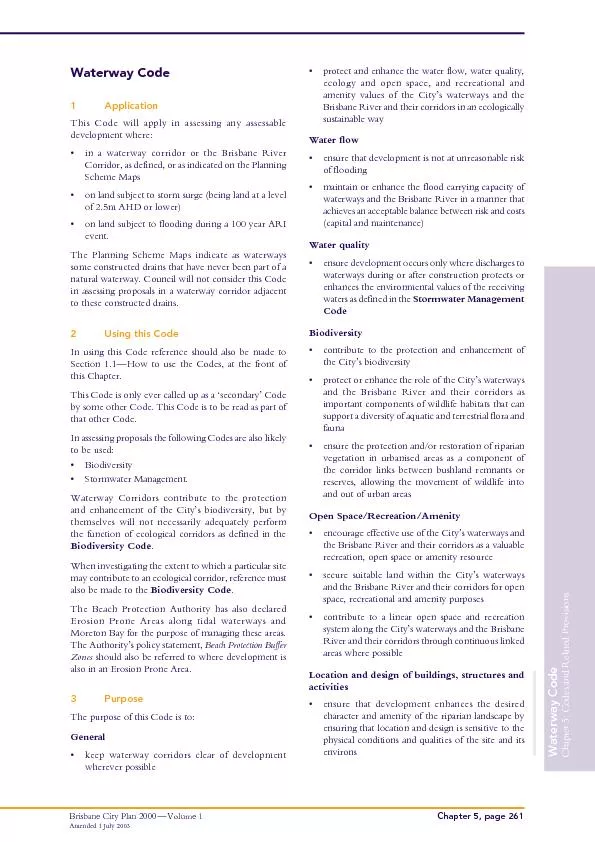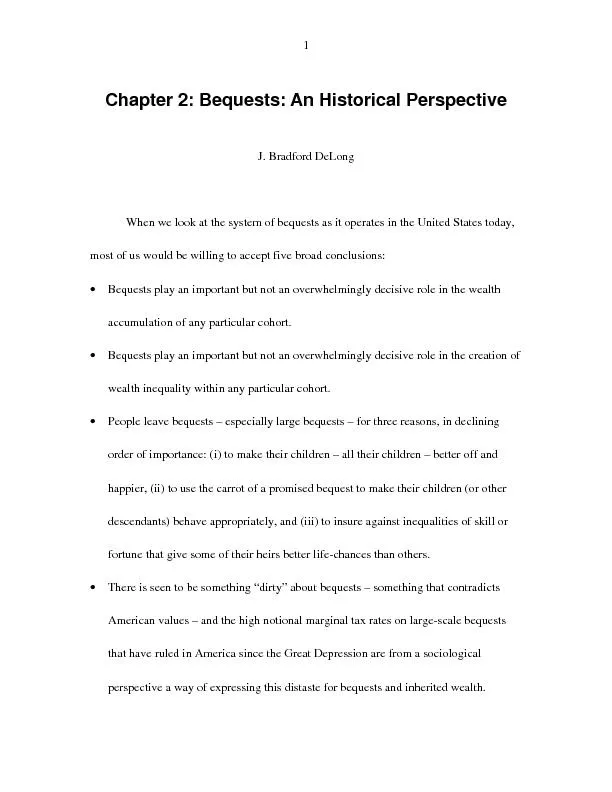PDF-SSC107, Fall 2000 - Chapter 4 Page 4-1Chapter 4 - Water F
Author : natalia-silvester | Published Date : 2016-08-20
As some of soil pores empty the ability of soil to conduct H20 decreases drastically 10logK mday clay0001 0 11002 04 h mqThus K is a function of h or
Presentation Embed Code
Download Presentation
Download Presentation The PPT/PDF document "SSC107, Fall 2000 - Chapter 4 ..." is the property of its rightful owner. Permission is granted to download and print the materials on this website for personal, non-commercial use only, and to display it on your personal computer provided you do not modify the materials and that you retain all copyright notices contained in the materials. By downloading content from our website, you accept the terms of this agreement.
SSC107, Fall 2000 - Chapter 4 Page 4-1Chapter 4 - Water F: Transcript
Download Rules Of Document
"SSC107, Fall 2000 - Chapter 4 Page 4-1Chapter 4 - Water F"The content belongs to its owner. You may download and print it for personal use, without modification, and keep all copyright notices. By downloading, you agree to these terms.
Related Documents

